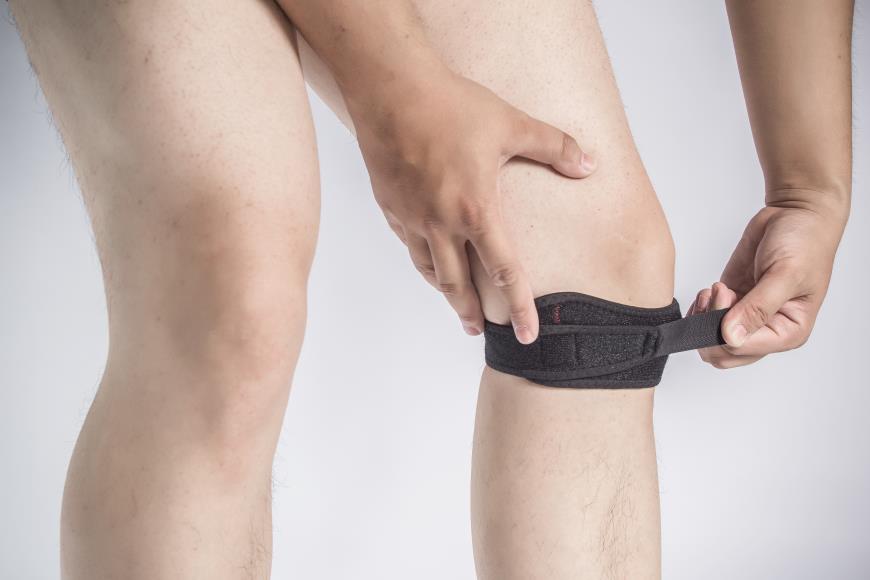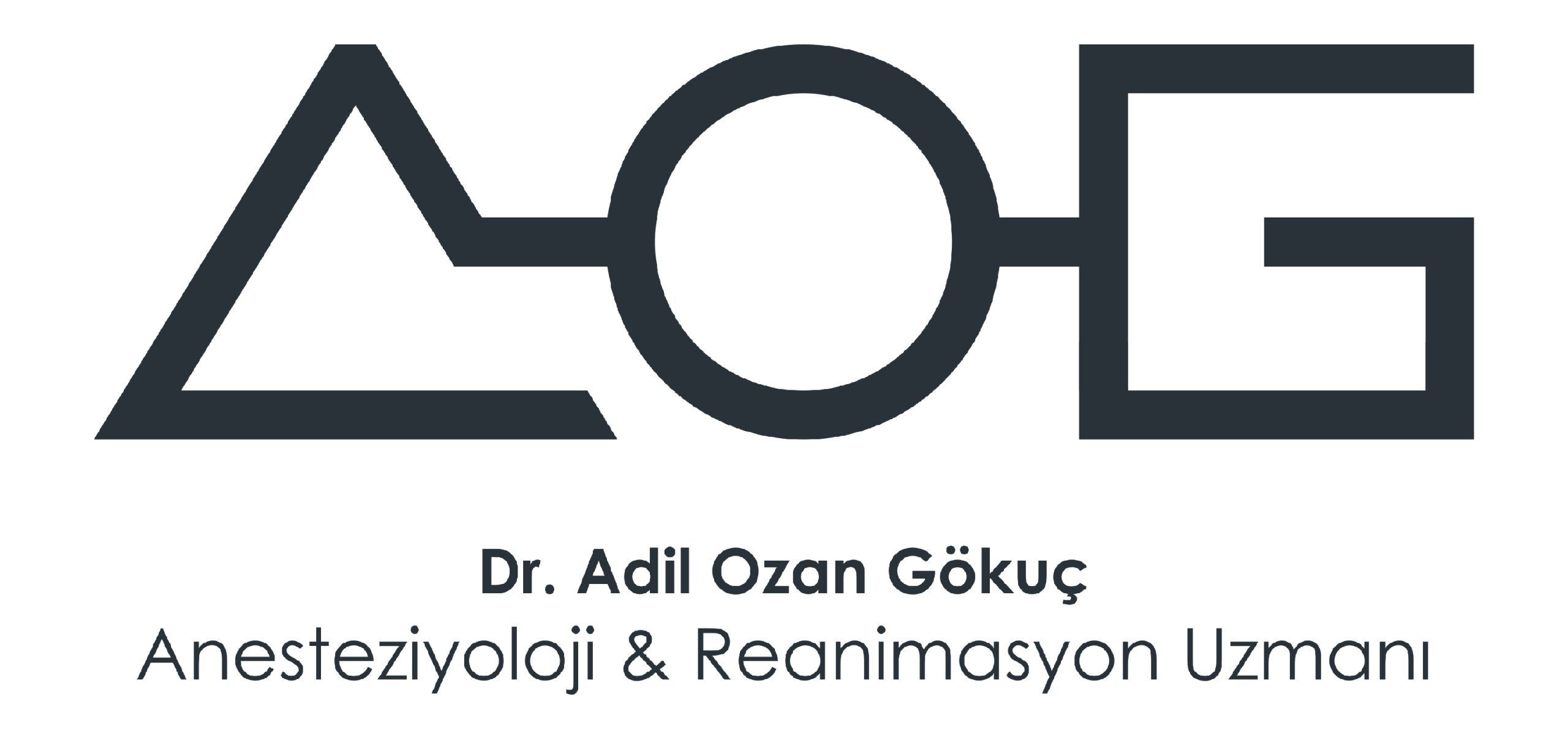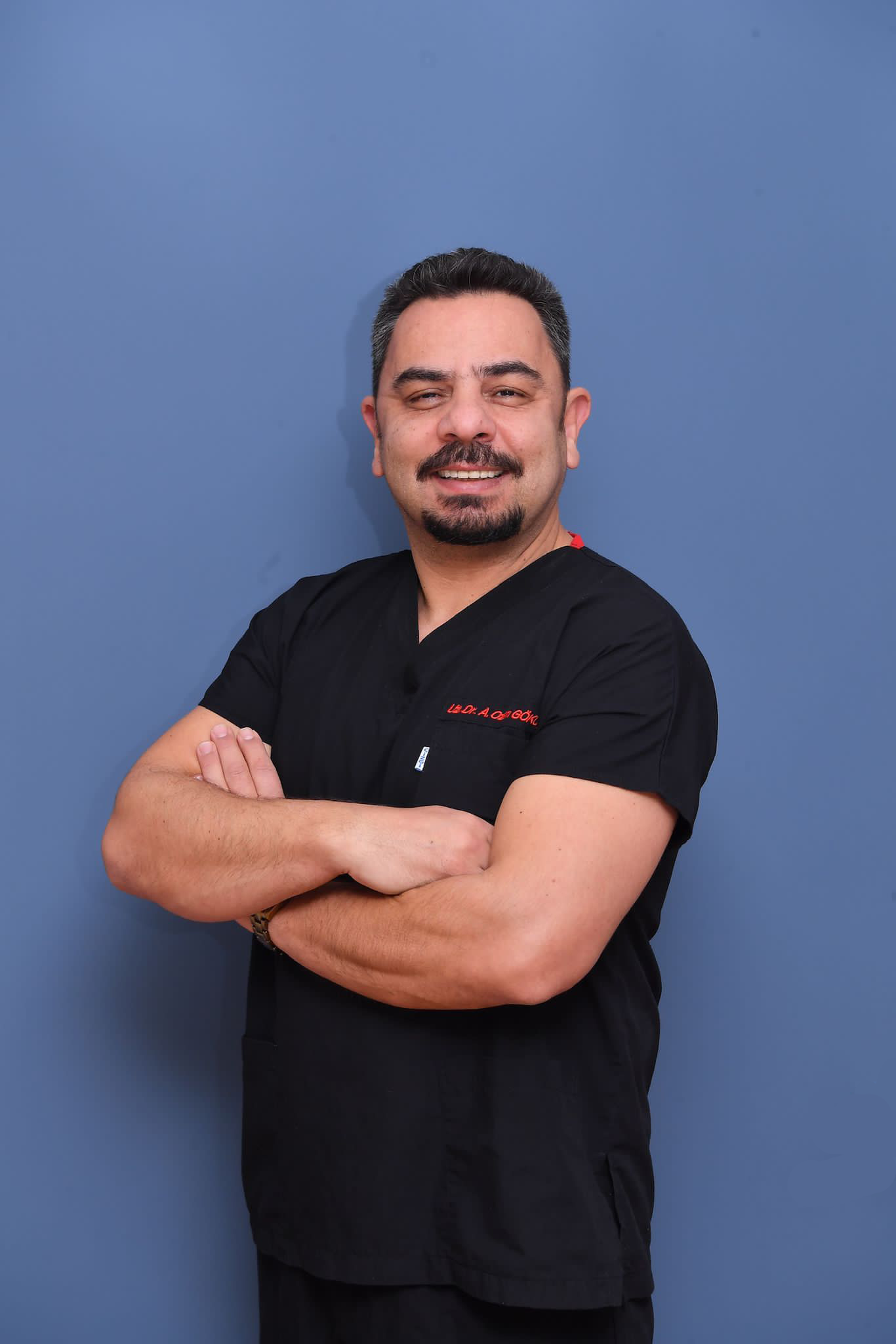It is very rare to come across a person who has never suffered from knee pain in his life. One way or another, knee pain can trouble us at some point in our lives. In fact, there are many problems and diseases that cause knee pain. In today’s article, we talk about the most common knee pain problems; While we focus on meniscus and knee arthritis, we will also focus on treatment methods ranging from the simplest to the most complex techniques.
Let’s just point out that we will discuss the causes and treatments of chronic pain such as fibromyalgia, cancer, and inflammatory rheumatism in another article.
What is Meniscus (Meniscopathy)?
It is a disorder that mostly causes problems in the active period of our lives, at young ages. Due to reasons such as falling, impact, sprain, and overload, the cushions (meniscus) in our knee joint may wear and tear. Meniscus problem occurs with complaints such as pain in the knee, feeling of ejaculation, knee locking and swelling in the knee. This situation can be easily understood with a knee examination, and a knee MRI will provide guidance on the dimensions and details of the problem.
What is Knee Calcification (Gonarthrosis)?
Our knees, which bear the burden of our body, wear out as we get older, similar to the aging process in other organs. In essence, arthrosis (calcification) is a disease of old age. As the cartilage structures on the inner surfaces of the large bones that make up our knee joint gradually wear out and become deformed, pain haunts us. Sometimes advanced problems such as cartilage structures completely wearing out and bones rubbing against each other may occur. Especially after the age of 60, knee arthritis begins to become a part of our daily lives.
However, nutrition, genetic factors, overload, smoking, obesity, stress and previous minor operations on the knee cause these symptoms of arthritis to appear at an earlier age.
In case of knee pain, in addition to the pain, hearing a sound from the knee, feeling like the knee is giving out, especially when climbing stairs or going downhill, swelling of the knee, or locking of the knee are among the common events we encounter. These complaints should be handled and evaluated separately. These complaints may occur separately or in the same knee of the same patient.
Most people have suffered from knee pain at some stage in their lives. One of the most common causes is osteoarthritis (arthrosis-calcification-of the knee). It occurs more frequently in older people. One of the causes of knee pain is excess weight, which causes repetitive strain on the knee joint, resulting in pain and stress. This process, which takes years, causes wear and tear in the knee joint. Clinically, when pain occurs in our knee, we generally prefer not to put any weight on that knee and restrict its movements in order to avoid pain. Processes that lead to a vicious circle begin, such as immobility of the joint, avoidance of stepping on the knee, shortening of the muscles around the joint due to not using them, and the emergence of pain due to this. The medications we take to treat pain may no longer work. In other words, pain becomes chronic rather than a symptom of the problem in the knee, and treatments other than medications are required.
Diagnosis of knee arthritis; It is determined radiologically and by examination. The onset of calcification, wear of the joint surfaces, the onset of some problems under the kneecap, softening and melting of the cartilages in the joint, and the development of bone deformations are all advanced stage findings. When the problem reaches advanced levels, the pain that occurs only when we stand up becomes a problem even at rest. So, as we sat and lay down, our knees started to hurt. It may cause enough deformation to even require a knee prosthesis.
Arthrotic changes in the knee are evaluated radiologically in four stages, starting from the mildest. If you have reached the stage we call Grade 4, your doctor can now recommend a prosthesis to you. Some new technological drugs improve the quality of life. They significantly delay the need for a knee prosthesis.
Symptoms of Knee Calcification
Pain: It may be aching, dull or throbbing. Pain characteristically occurs when going up and down stairs and bending the knee. Friction sound on the knee: It is the friction sound felt only by the patient. Sensation of discharge in the knee: This finding, caused by the weakness of the large patellofema muscle above the knee, occurs when bending the knee under load (going down stairs, going downhill). Locking: It is a temporary situation that may occur when the string is loaded. Swelling: It is a temporary condition that is not very common during examination.
Treatment: The initial approach should be conservative. Nonsteroidal anti-inflammatory (NSAID) treatment helps reduce pain. Ice application is beneficial. Pain can be reduced by wearing a knee bracelet and bandaging. If these measures do not reduce pain, patients may benefit from FTR. We become chronic





